
A Champion 7ECA Citabria was my first taildragger as well as my first airplane. The first few hours of tailwheel instruction chronicled in my logbook made the score pretty clear— Citabria: 2, me: 0. My instructor always managed to add colorful comments to my logbook to illustrate the at-times agonizing progress—“Crash and Dash,” he called many of our sessions. But by hour three, my grasp on runway dancing improved once I realized I’d been letting the little Champ lead me around on the ground rather than the other way around.
That checkout eventually taught me the value of subtle inputs to an airplane’s flight controls. Being able to understand what the airplane—any airplane—is telling me through the vibrations I felt and the noises I heard is a skill I don’t take lightly, especially in an era of general aviation cockpits chock-full of labor-saving automation. By the time I’d logged 100 or so hours in the Champ, I felt confident handling the rudder dance my taildragger demanded, even in relatively strong winds. My airplane infused me with a deeper understanding of the fundamentals of flying, like the need to manage an attitude, an airspeed and a flight path, habits that remain with me 40 years later.
“Why bother with the extra efforts of a taildragger?” It’s a question my nosewheel-trained friends often ask. Even during my early training, as wildly zigzaggy as it became at times, I never thought of my efforts as work, but really more of a challenge—one I willingly accepted because it seemed a natural progression to my role later in life as a professional pilot.
この記事は Flying の August 2020 版に掲載されています。
7 日間の Magzter GOLD 無料トライアルを開始して、何千もの厳選されたプレミアム ストーリー、9,000 以上の雑誌や新聞にアクセスしてください。
すでに購読者です ? サインイン
この記事は Flying の August 2020 版に掲載されています。
7 日間の Magzter GOLD 無料トライアルを開始して、何千もの厳選されたプレミアム ストーリー、9,000 以上の雑誌や新聞にアクセスしてください。
すでに購読者です? サインイン
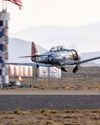
The Temple of Speed
Reno entices even this altitude-oriented pilot.

Flat Sixes
Fanatical artisans
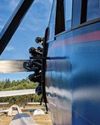
Blue over Green, Tent in Between
I’m old , I’m cranky. Why do I keep air-camping?
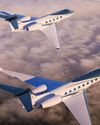
Gulfstream Reveals G400, G800
The product lineup gains large-cabin and ultralong-range mounts.
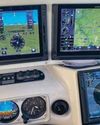
Every Airplane Requires a Checkout
Embrace the challenge of mastering a new machine.
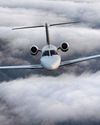
Fuhggedaboutit
Fifty-plus years of f lying forgetfulness

THE MAULE FAMILY APPROACHABLE AIRCRAFT
Choose your mount —the Maules do it all.

Sisters
“ Women certainly have the courage and tenacity required for long flights.” —Mildred Doran
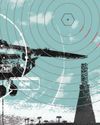
INSIDE OUT OR OUTSIDE IN?
What kind of pilot should you be?
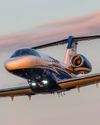
WE FLY: CESSNA CITATION CJ4 GEN2
THE FLAGSHIP CJ JUST GOT A WHOLE LOT BETTER.